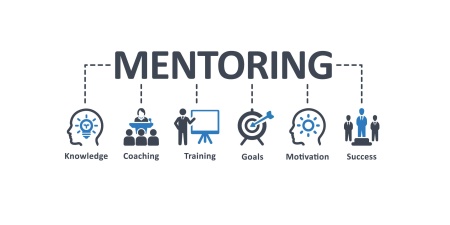By Mike Emerson, Indian River Consulting Group
For salespeople, the top predictor of income should be performance, not tenure. But, all too often, it’s the other way around.
The truth is traditional sales compensation plans that are tied to territory and tenure no longer work. If you haven’t already updated your sales compensation plan to meet pandemic-induced changes in how sales teams interact with customers, it’s time to act. As we examine in NAW’s What’s Your Plan? Smart Salesforce Compensation in Wholesale Distribution, the key is to make sure your updated sales compensation plan is the right one.
The role of sales reps has changed. They are no longer just transaction-facilitators and product guides, but highly specialized professionals focused on market-making activities.
Companies restructuring their sales compensation plans to meet the moment should take note of these best practices:
1. Use the Pay Plan to Incentivize Sales Teams
A major mistake management teams make when it comes to sales compensation is using the pay plan to manage salespeople.
No plan or program can replace the responsibility of quality leadership. Let people manage people. Let incentives reward and motivate them to achieve objectives. Companies that hit their marks consistently encourage their sales teams to think innovatively in defining sales goals.
2. Design for Sustainable Health
Formulas for new sales compensation plans, complicated though they may be, are the easy part. Be aware that companies that self-diagnose are prone to focusing on the wrong problems. This is a holistic process that favors long-term health over short-term fixes.
Instead, clarify specific goals that will align with a new sales compensation program that is built to last. Imagine three years into the future and ask:
- How will it make costs more consistent and lower?
- How will it grow business by either expanding the customer base or earning a larger share of wallet?
- How will it generate profitability around gross margin and costs to serve?
Then, analyze the criteria to determine what is most relevant to your company’s success to guide the next steps.
3. Determine the Best Performance Program for You
There are two main types of performance programs: relative performance programs and absolute performance programs. Some companies blend the two. Determining whether a change in sales roles needs to happen immediately or develop over the next three to five years will affect which program is best for you.
Relative performance programs measure results by expectations, tying compensation to specific objectives, quotas or targets. These provide flexibility to move accounts around and position different salespeople for different targets.
Absolute performance programs are traditional commission programs where set goals have little influence. Instead, commission is primarily driven by how many Gross Profit (GP) dollars a territory or customer assignment generated, regardless of growth or how margins increased or decreased in a set time period.
Often, the flexibility of a strong relative performance model provides companies with alignment opportunities without giving up the motivational efforts of absolute programs.
4. Pay People According to Their Work
Beware of assuming discretionary energy — the idea that a change in the pay plan means that sales teams need to work harder to sell more. Formulaic strategizing like this can squelch results.
Sales management processes cannot be designed entirely around the fear of teams settling into “comfort zones.” Instead, sophisticated designs will capture the actual value of your team’s work. Let “A” performers get paid like the “A” team, and “C” performers get paid like the “C” team.
5. Increase Risk and Reward
It’s essential to increase both risk and reward in the right proportions, making your new model more effective than your previous model. Human psychology perceives losses as more motivational than potential benefits, so increasing risk is necessary to ensure adoption of the new plan instead of maintaining the same production level as years prior. However, keep company culture and an appropriate reward balance in mind when determining the most useful level transformation.
Effective sales compensation redesign demands meticulous analysis and supportive implementation. When done correctly, it’s one of the most effective ways to realign your sales team around specific goals, attract and maintain quality salespeople, and cultivate a powerful collective culture.









